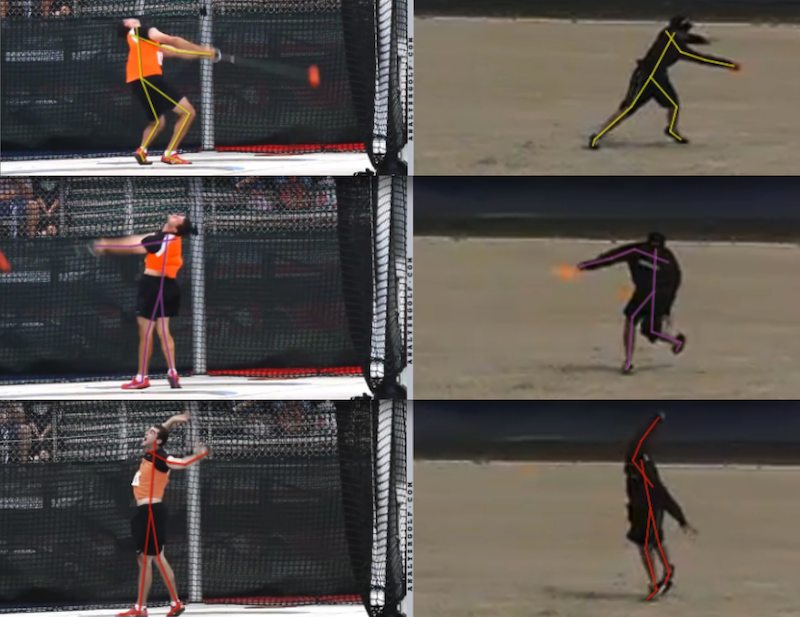So Eviliina .. What's going on with her arm turning at the pull back? Which I think is also the hit or tendon bounce.. It's interesting how far back it is. Never seen that or noticed it before.
Love those GIFs, keep it up!
Love those GIFs, keep it up!
